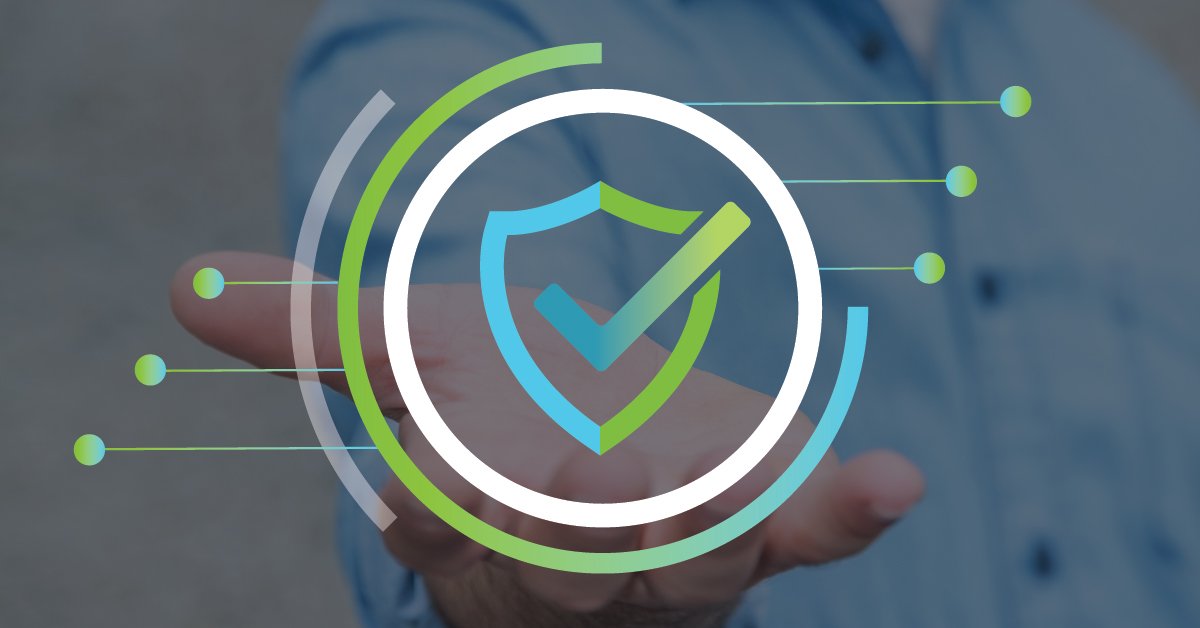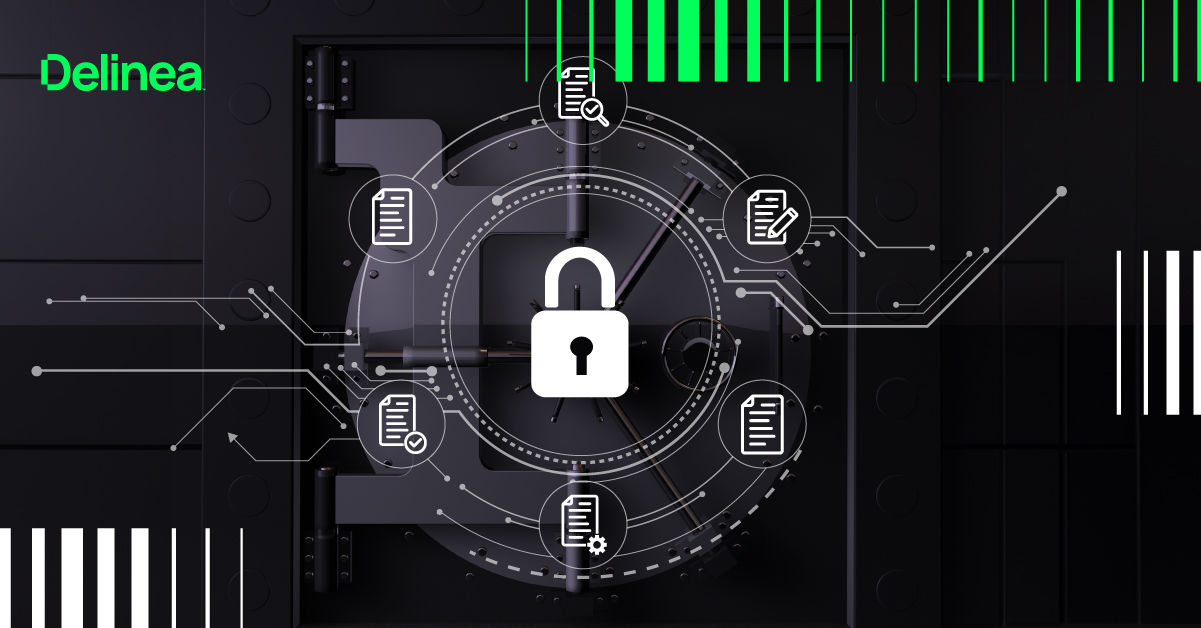- Mobile access points
Mobile devices are becoming common access points to enterprise systems. PAM software that integrates with a secure application launcher can grant access to remote devices.
- Session management
A PAM solution must establish sessions for each and every privileged user.
You need the capability to record all privileged sessions, both command-line, and video, in a searchable and comprehensive way. This way, you can quickly show compliance with regulations for SOC2, SOX, PCI DSS 3.2, HIPAA, NERC CIP, ISO 27001, and more.
With live session monitoring, IT teams are capable of viewing all sessions in real time. A real-time view of all privileged sessions means you can quickly terminate suspicious or unauthorized sessions.
- Real-time visibility and alerting
When a threat is detected, preventative actions should be taken immediately. An effective PAM solution must enable you to create alerts and quickly address any deviations in account usage.
- Disaster recovery
PAM systems must be designed with failover safeguards to ensure no single point of failure can prevent critical access to systems during a widespread system or network outage.
- Emergency access
Your solution must enable you to configure access controls and approval workflows for a “break glass” scenario. If an all-out emergency occurs, a user could put a flag on the system to indicate that no approval is required for any checkout. All such requests would have to be approved automatically but still audited, and you must pre-define who can request such access, who is responsible for approving it, and on which systems.
- Auditing and reporting
Providing risk-based scorecards that show who has access to which resources and effective PAM solutions can save you hours gathering audit and compliance information.
If a privileged account attack occurs, a forensic investigation will require you to provide the complete picture. Only a few PAM solutions can give you a 360° view of when a privileged account password was checked out and by whom, as well as all the actions taken by that account.


